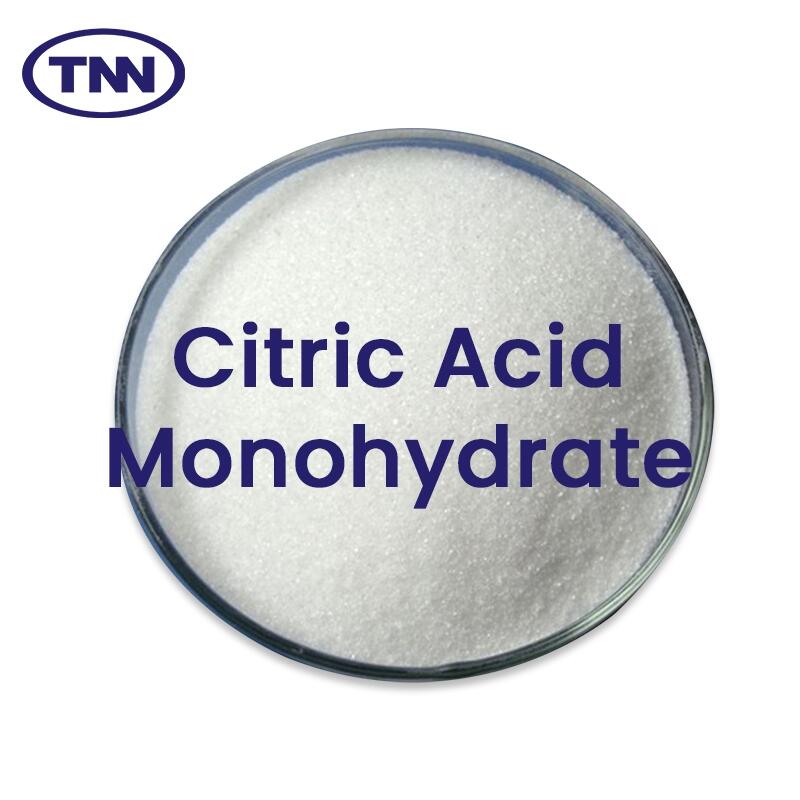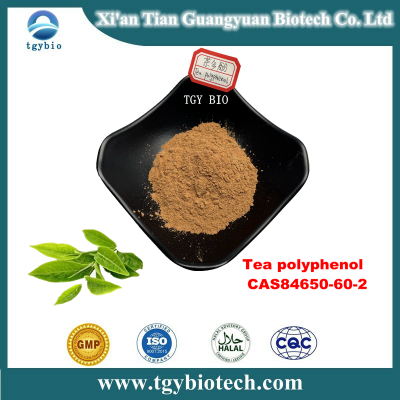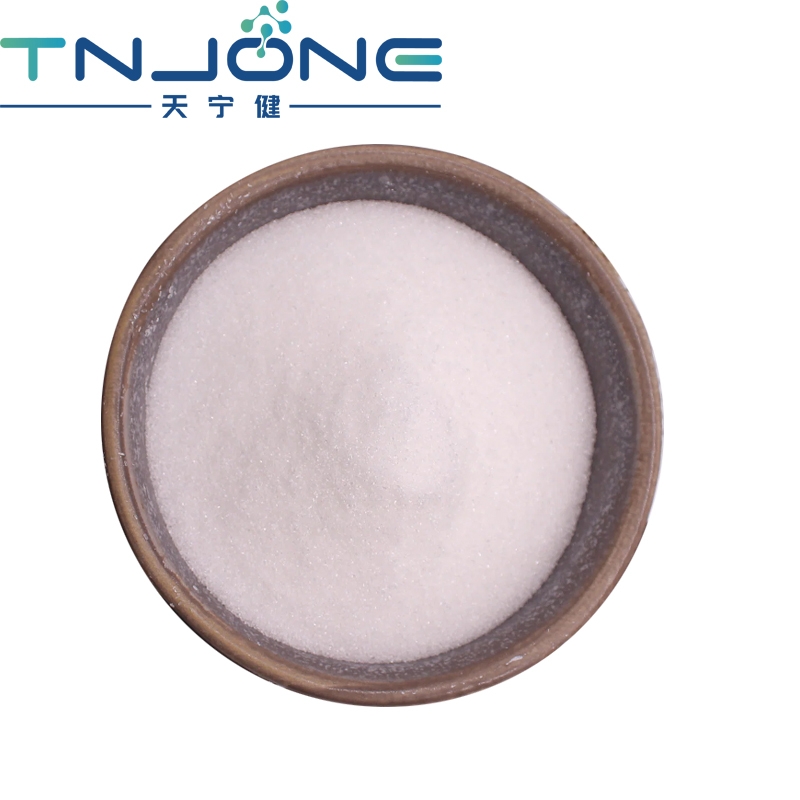How to use colorants
-
Last Update: 2017-05-09
-
Source: Internet
-
Author: User
Search more information of high quality chemicals, good prices and reliable suppliers, visit
www.echemi.com
Introduction: the use of colorant is more extensive, but the use of colorant is more strict The following safety net will introduce the use of colorant for you Should colorants be put into our food? Is there any harm to eating too much colorants? These are the things people are concerned about Here's how to use colorants 1 Synthetic colorant synthetic colorant is made of coal tar and other chemical raw materials It has the characteristics of bright color, strong coloring power, odorless and tasteless, strong firmness, stable performance, uniform quality, convenient use and low price However, due to its toxicity to different degrees, its use is limited to some extent Although the safety of synthetic colorants is still debated, it is generally believed that the toxicity of synthetic colorants and their metabolites to human may have three aspects, namely, general toxicity, purgative effect and carcinogenic effect In addition, colorants may be mixed with dye intermediates or produce toxic by-products, such as phenol, aniline, etc., which will also cause toxicity to human body There are strict regulations on the use of synthetic colorants in terms of variety, scope of use, dosage, etc (1) Amaranth amaranth is purplish red to dark reddish brown powder, odorless, soluble in water, 0.01% aqueous solution is rose red Soluble in glycerin and propylene glycol, slightly soluble in ethanol, insoluble in grease Easily broken down by bacteria It is stable to light, heat, salt and has good acid resistance, but it turns dark red in alkaline solution and is sensitive to oxidation-reduction The safety (teratogenicity and tumorigenicity) of amaranth has been debated and banned in some countries According to the hygienic standard for the use of food additives in China, amaranth can be used in carbonated drinks with a maximum dosage of 0.05g/kg (2) Carmine carmine is a red to dark red powder, odorless, easily soluble in water (25 g can be dissolved in 100 ml water at 20 ℃) Soluble in glycerin, insoluble in ethanol, insoluble in grease It is stable for citric acid and tartaric acid, stable for light and alkali, strong heat resistance, poor reduction resistance and poor bacterial resistance It is red in water and brown in alkaline solution The maximum absorption wavelength is (500 ± 2) nm 2 Natural pigment natural pigment is extracted from fruits, flowers, stems, leaves of plants and animals, or produced by microbial fermentation The natural pigment has a wide range of sources and complex components The natural pigment is safe, nontoxic and natural in color, but its quality is not easy to control, and its purity is low It is easy to precipitate and turbid when it is used in beverages Natural pigments generally have special peculiar smell or odor, poor dyeing strength and stability, and are easily affected by light, heat, pH and metal ions However, natural pigments are still the development direction of food colorants (1) Beet red beet red is the beet anthocyanin and beet flavin extracted from the root of red beet Its main component is beet red glucoside Beet red is red to purplish red powder, odorless, soluble in water, insoluble in anhydrous ethanol, the aqueous solution is red to purplish red, yellow in alkaline solution Ph3-7 is relatively stable, with poor heat resistance, light resistance and oxidation resistance, but good dyeing strength (2) Safflower yellow safflower yellow is a dihydroflavone derivative extracted from the flowers of Carthamus in Compositae, which includes two kinds of anthocyanin and anthocyanin Safflower yellow is yellow powder, soluble in water, ethanol, propylene glycol, insoluble in oil 0.02% aqueous solution is bright yellow, stable when pH 2-7, and red when alkaline Light resistance and microbial resistance are good, but heat resistance is poor, and it turns black when encountering iron ion The maximum dosage is 0.02% (3) Curcumin curcumin is a diketone pigment extracted from the tuber of Curcuma, a perennial herb of Curcuma Curcumin is orange powder, soluble in water, ethanol, propylene glycol, acid or alkali solution, yellow in acid and neutral conditions, reddish brown in alkaline conditions, and discolored in case of iron ion It has poor light and heat stability and good coloring ability Curcumin has a special smell, and has the effect of promoting blood circulation, promoting Qi, promoting menstruation and relieving pain (4) Caramel pigment caramel pigment is widely used in the black beverage of carbonated beverage, such as cola beverage, Shashi soda and sparkling wine Colorant can't be separated from our life, but we shouldn't worry too much about the harm of colorant, because every food using food additive will be inspected before it is sold, and it will be tested with food safety detector Food with excessive food additive will not be sold If you want to know more about food additive May as well go to Baibai safety net to learn Editor in charge: he xianrob
This article is an English version of an article which is originally in the Chinese language on echemi.com and is provided for information purposes only.
This website makes no representation or warranty of any kind, either expressed or implied, as to the accuracy, completeness ownership or reliability of
the article or any translations thereof. If you have any concerns or complaints relating to the article, please send an email, providing a detailed
description of the concern or complaint, to
service@echemi.com. A staff member will contact you within 5 working days. Once verified, infringing content
will be removed immediately.







